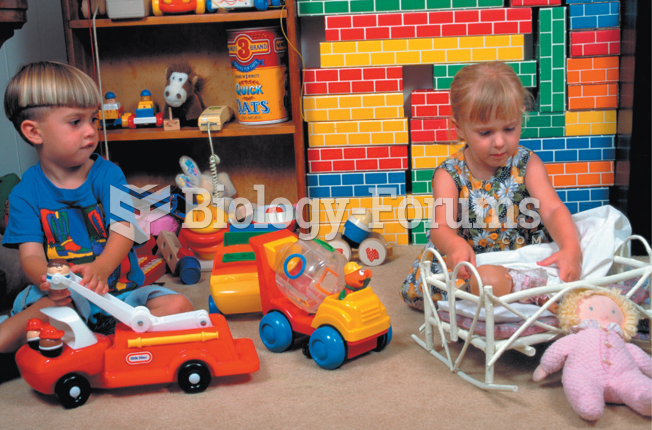Answer to Question 1
The emotional reaction to stress can be expressed in a number of ways. The spectrum of behaviors ranges from regressive to aggressive. Children may show regressive behaviors in forms such as withdrawing or having toileting accidents. They may become clingy and too dependent, may not smile, or may be unable to make simple decisions, such as with what and whom to play. Stressed children may appear fearful and nervous; they may also become depressed.A range of aggressive emotional behaviors might be exhibited,such as acting outas inthrowing a tantrum to more violent behavior. Stressed children may bite or hit other children or adults. They might have difficulty with social interactions. Children under stress may become easily frustrated and can use colorful language to express their anger.
Answer to Question 2
The first is positive stress that comes from experiences that briefly causea reaction, such as beginning a new school or day care experience. The experiences that cause positive stress are generally positive experiences, but they can be stressful. The second type is tolerable stress that comes from events or experiences that are also brief but more negative, such as a parent's divorce or deployment. This type of stress is more intense, and if the child does not have a good support structure in his or her life it can lead tonegative effects. The third type of stress is toxic stress, which is the outcome from a number of more intense stressful events over a longer period of time. This type of stress accumulates over months and even years. Examples of this type of stress might be living with a drug-addicted parent, suffering from child maltreatment, or living in a household where domestic violence occurs. A fourth and more serious type of stress is posttraumatic stress, which occurs when a child has been through an intense disturbing experience such as a fire, flood, or earthquakethatmay have changed or disrupted the life of the child as he or she knew it. This type of stress can be the cause of sleep disturbances, separation anxiety, emotional detachment, or fixation on the event.







